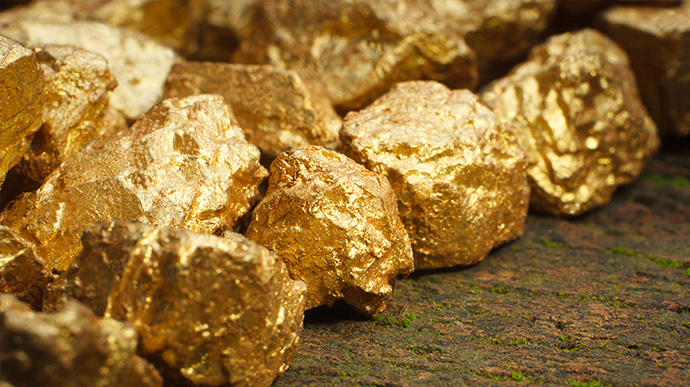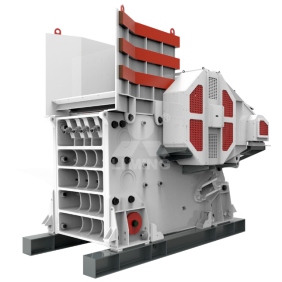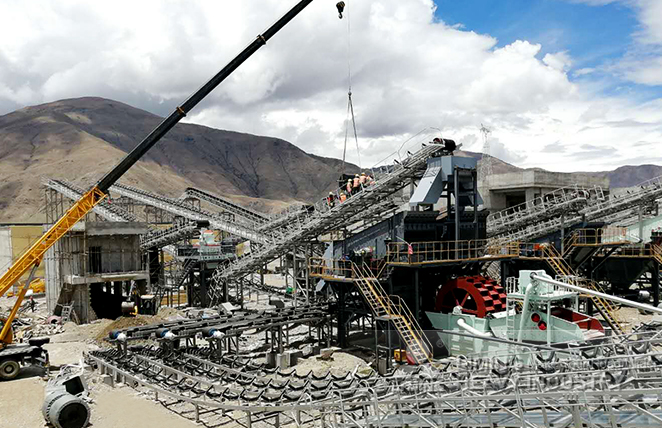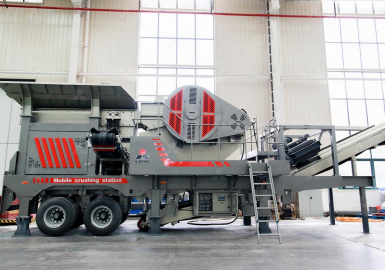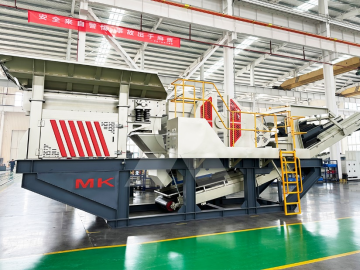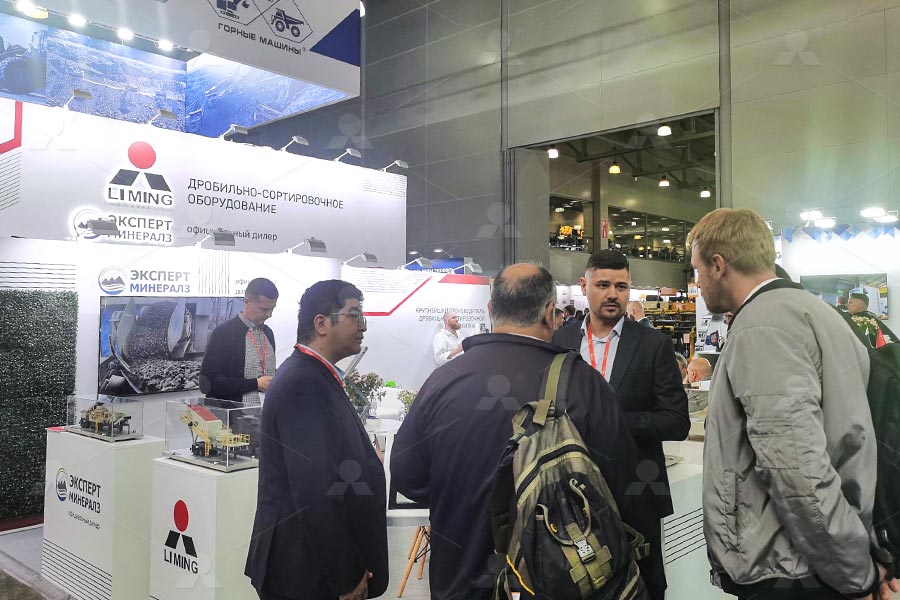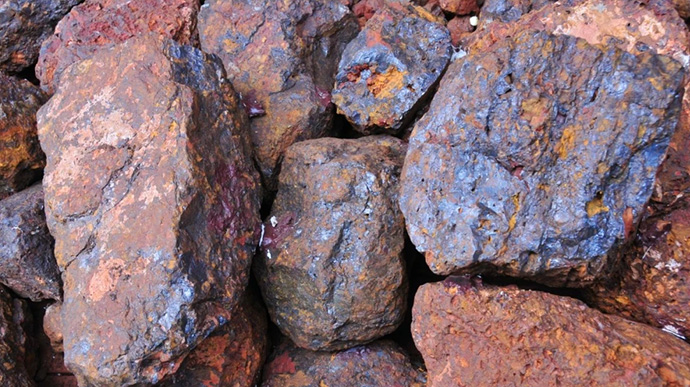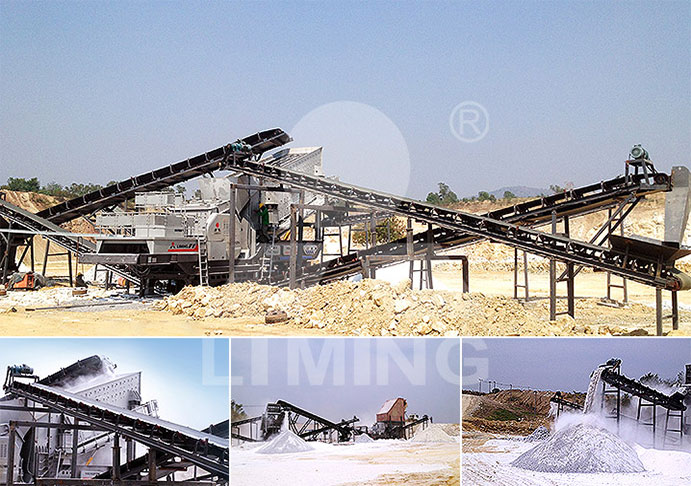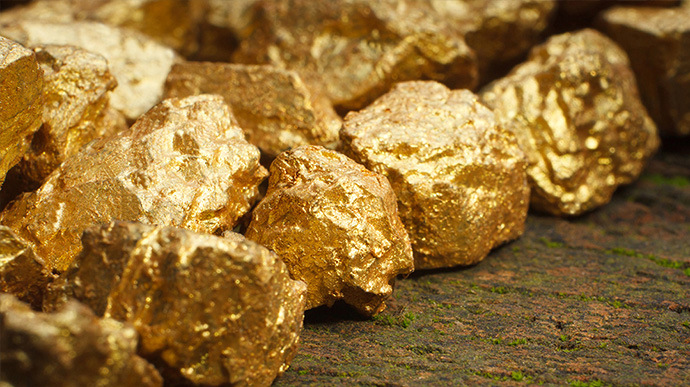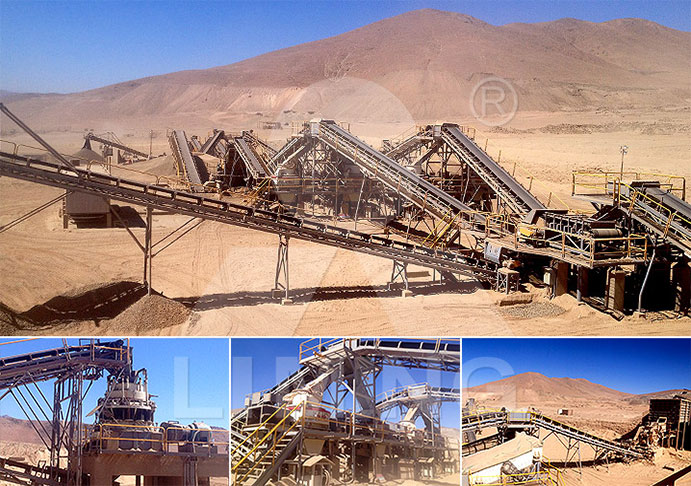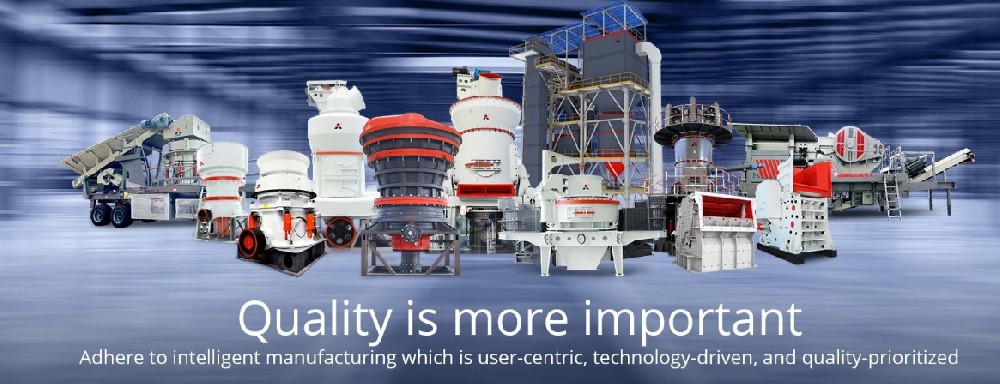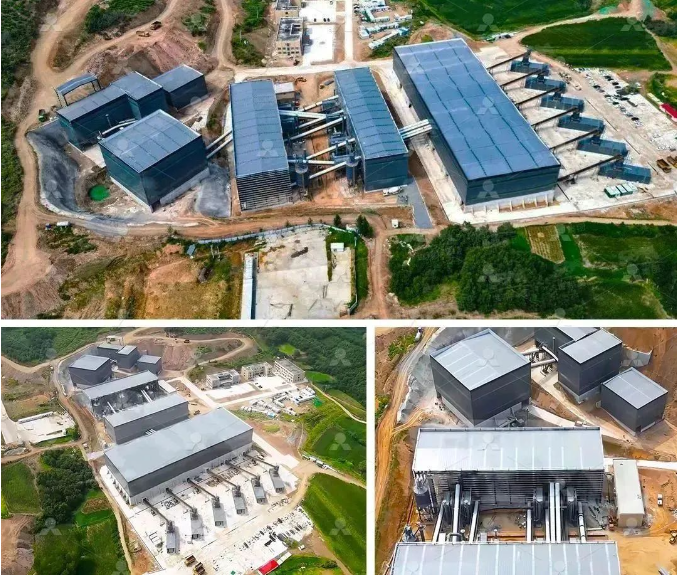Copper ore is one of the most valuable and widely used metal mineral resources in the world. From electrical engineering and new energy storage to mechanical manufacturing and infrastructure, copper is essential due to its excellent electrical conductivity, thermal conductivity and mechanical properties. However, behind high-performance copper products lies a rigorous beneficiation process, in which crushing and grinding account for the highest energy consumption and determine the final recovery rate of copper concentrate.
This article provides a professional and SEO-friendly overview of copper ore crushing technology, including ore characteristics, process design, equipment selection and key optimization strategies for efficient plant operation.
1. Understanding Copper Ore: The Foundation of Crushing Design
Different types of copper ore show huge variations in hardness, abrasiveness and liberation size. Understanding ore properties is the starting point for selecting suitable crushing equipment.
Common copper ore types:
Porphyry copper ore – medium hardness, stable structure, high processing capacity required.
Sandstone copper ore – brittle, easier to crush, suitable for simplified circuits.
Sulfide copper ore (chalcopyrite, bornite, chalcocite) – high hardness and abrasiveness, requiring wear-resistant liners.
Oxide copper ore – softer, less abrasive, but requires precise particle size control to improve leaching or flotation efficiency.
Liberation size (0.074–0.2 mm) is a key parameter determining how fine the ore needs to be crushed before grinding.
2. Typical Crushing Process for Copper Ore
To achieve an optimal feed size for the grinding mill (usually ≤10–12 mm), a multi-stage crushing system is typically used.
(1) Three-stage closed-circuit crushing (used in medium & large copper mines)
Jaw Crusher → Cone Crusher (Secondary) → Cone Crusher (Fine) + Vibrating Screen
Advantages:
✔ Stable particle size
✔ Low over-crushing ratio
✔ High production capacity
✔ Lower energy cost for grinding
This is the mainstream solution for porphyry copper deposits in countries like Chile, Peru and Indonesia.
(2) Two-stage crushing (for soft ore or small-scale mines)
Jaw Crusher → Cone Crusher + Screen
Advantages:
✔ Reduced investment
✔ Simple layout
✔ Fast construction period
3. Equipment Selection: Key Factors for Copper Ore Crushing
❶ Jaw Crusher (Primary Crushing)
Designed for large feed sizes (≤900 mm)
High crushing ratio
Strong resistance to impact load
Options for heavy-duty frames and Mn18/Mn22 liners to resist abrasion
❷ Cone Crusher (Secondary & Fine Crushing)
Cone crushers are the core equipment for copper ore processing.
Types include:
Multi-cylinder hydraulic cone crusher – High capacity, laminated crushing, ideal for hard sulfide ore
Single-cylinder hydraulic cone crusher – Precise CSS control, best for stable fine crushing circuits
Gyratory crusher – Suitable for ultra-large processing lines
Key considerations:
Crushing cavity type (medium, fine, super-fine)
Liner material (Mn18Cr2 / Mn22Cr2)
Hydraulic protection & automatic control
Compatibility with closed-circuit screening
❸ Vibrating Screen & Feeder Systems
A high-efficiency screening system ensures stable particle size control and protects the grinding mill from overload.
4. Why Crushing Matters: Reducing Energy Consumption in Grinding
Crushing and grinding together account for 40–55% of the entire beneficiation energy consumption.
Among them, grinding consumes the most power.
Optimized crushing = lower cost per ton.
Benefits of achieving finer, uniform crushing:
✔ Reduced grinding load
✔ Lower kWh/t consumption
✔ Higher copper recovery due to improved liberation
✔ Increased plant throughput
This is especially critical for low-grade copper ore (<0.5% Cu).
5. Common Processing Challenges & Solutions
① Excessive liner wear
Solution:
Use high-Mn alloy liners
Adopt laminated crushing cone design
Pre-screening to remove fines
② Over-crushing creating excess fines
Solution:
Real-time CSS adjustment
Replace coarse cavity with fine cavity
Optimize feed distribution
③ Wet sticky ore causing blockages
Solution:
Use bar-type vibrating feeder
Increase pre-screening efficiency
Apply anti-clogging chute design
6. Intelligent Control in Modern Copper Mines
Digitalization and automation are the main trends in copper beneficiation plants.
Smart features include:
Real-time monitoring of pressure, power and chamber load
Automatic CSS control for stable product size
AI-driven optimization for crushing–grinding integration
Predictive maintenance for liners and bearings
This helps achieve higher uptime (≥95%) and lower operational cost.
Copper ore beneficiation is a highly technical process, and crushing plays a decisive role in energy consumption, product size, and final recovery rate. Through proper process design, equipment selection and intelligent optimization, mining enterprises can achieve:
Higher ore processing capacity
Lower unit energy cost
Better grinding efficiency
Higher copper concentrate recovery
Safer and more stable production



